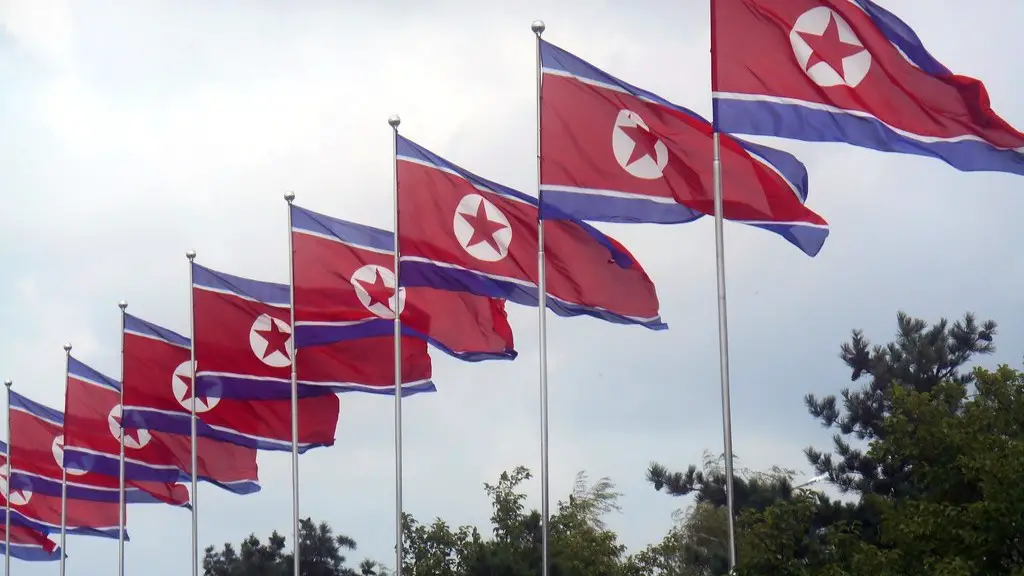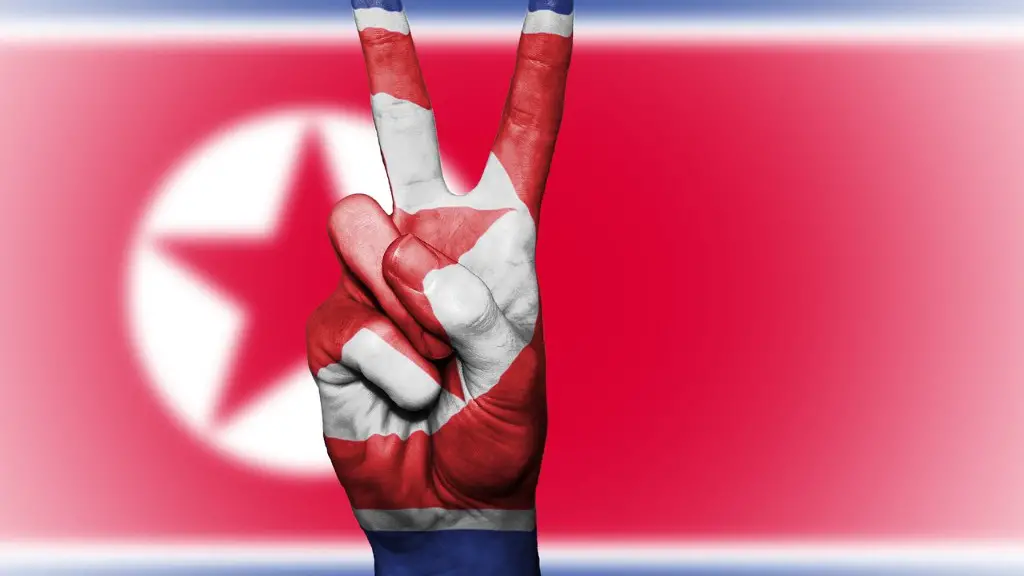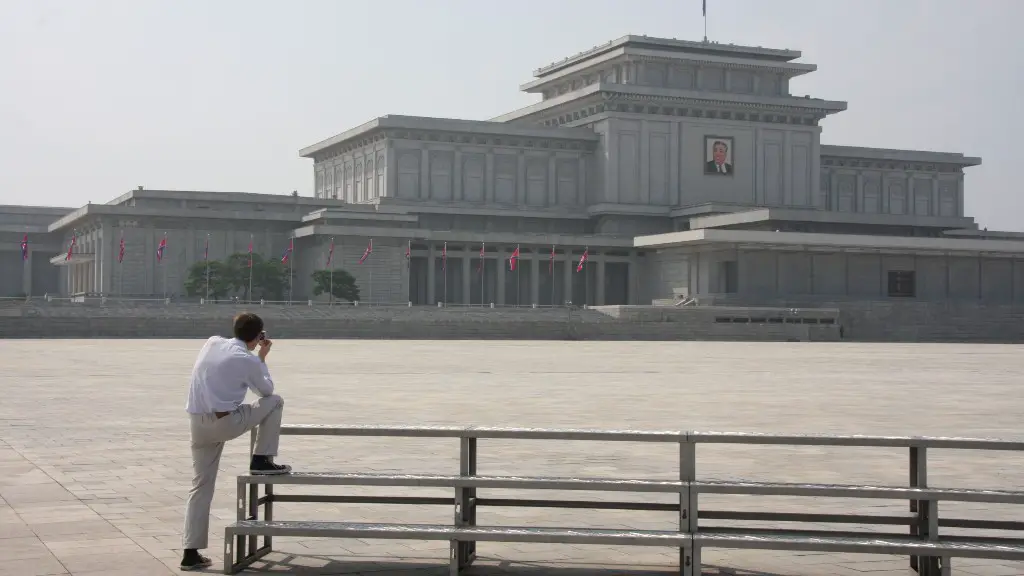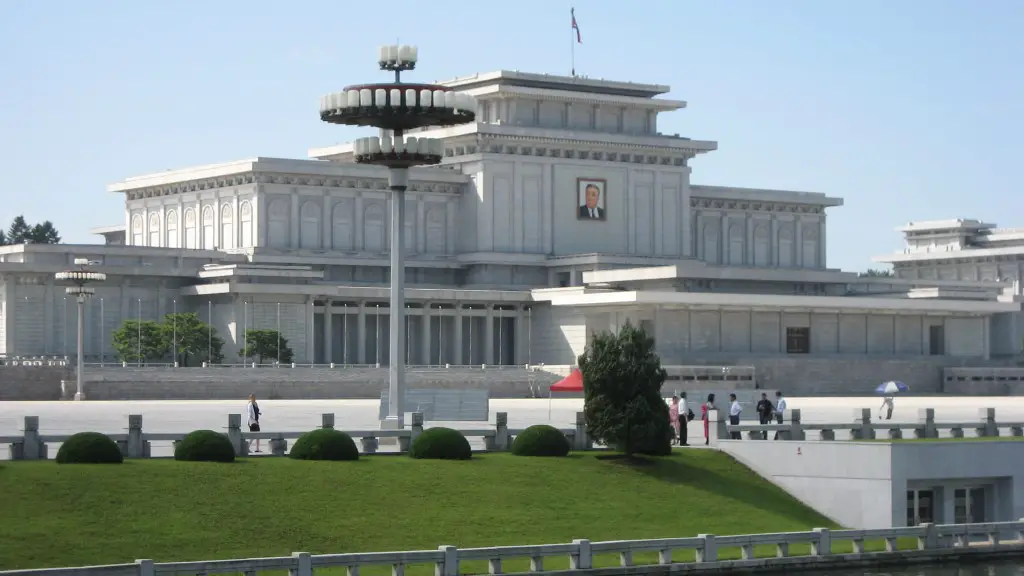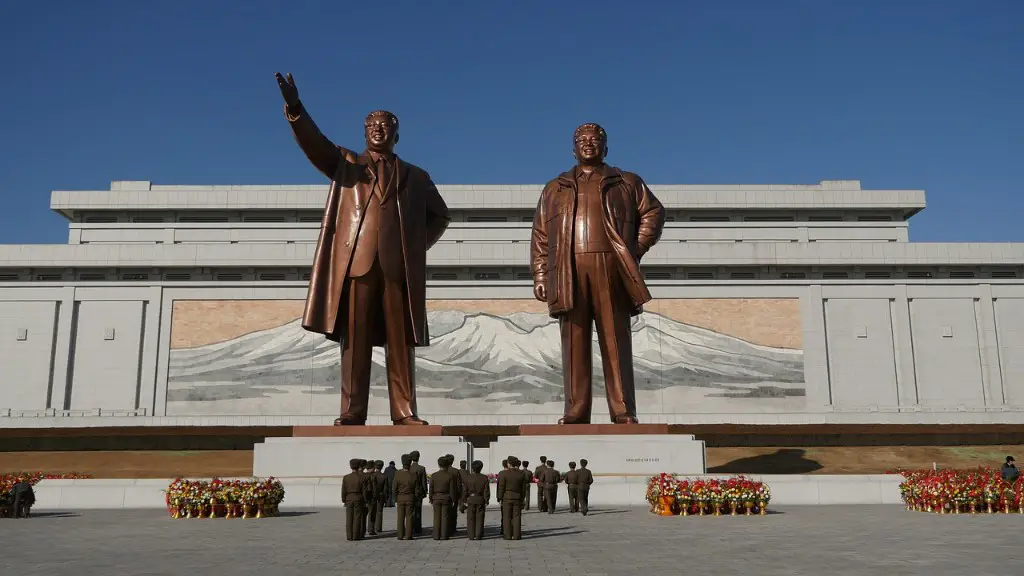What Do We Know About North Korea’s Nukes?
The North Korean nuclear program is perhaps one of the most studied, yet least understood, topics in international affairs today. North Korea is suspected to have a formidable nuclear arsenal with estimated stockpiles ranging from 10 to 60 warheads and short-range missiles capable of hitting targets in neighboring countries. But the scope and extent of its nuclear capabilities have been largely shrouded in mystery.
What we do know is that in the 1990s, North Korea began to pursue nuclear weapons technology in earnest. This was in violation of its commitments under the Nuclear Non-Proliferation Treaty (NPT). In 2006, North Korea conducted its first nuclear test, followed by a second in 2009, and subsequent nuclear weapons tests in 2013 and 2017.
The international community quickly condemned North Korea’s nuclear weapons development. The United Nations imposed strict sanctions on North Korea, and the United States, South Korea, Japan, China, and Russia have all imposed additional restrictions. Despite international pressure, North Korea has continued to pursue its nuclear ambition. In 2017, the North Korean leader, Kim Jong-un, declared that his country had developed the ability to mount nuclear weapons on long-range missiles capable of striking the United States.
The question now is: How far can these North Korean nukes reach? To answer this, we must look to the nuclear weapons and missiles that North Korea has developed in recent years.
What Nukes Does North Korea Have?
North Korea is believed to possess a considerable amount of nuclear material. Reports suggest that it has stockpiles of plutonium and highly enriched uranium, the two main fuels for a nuclear weapon. This material could be used to build warheads for various kinds of missiles.
North Korea is also believed to possess several types of ballistic missiles, primarily short-and medium-range missiles. These missiles could be used to deliver North Korea’s nuclear warheads over relatively short distances. North Korea also has a limited number of intercontinental-range ballistic missiles capable of reaching targets outside of the Korean peninsula.
These intercontinental ballistic missiles (ICBMs) are the weapons that are of most concern, given their potential range. North Korea tested an ICBM in 2017, and experts estimate that it could reach targets as far away as 8,000 miles, putting certain parts of the United States in range. However, it is unclear to what extent North Korea has perfected this missile technology, and it is possible that its ICBMs could have a much shorter range.
What Would be the Effect of a North Korean ICBM Strike?
If North Korea were to launch a nuclear strike on the United States, the effects would depend on the type of weapon and the target location. A high-yield nuclear weapon could cause substantial destruction within a few miles of its target. An ICBM attack on a major American city could devastate the city and its surroundings, killing tens of thousands of people and leaving the area uninhabitable for decades.
But the strategic effects of a nuclear strike, depending on the target, could be far greater. A successful ICBM strike on a major U.S. military base or command center could render the U.S. military unable to respond to the attack. An attack on Washington D.C. or another major political center could weaken the U.S. government, creating a power vacuum that other nations and groups could exploit.
From a tactical standpoint, the North Korean military could use nuclear weapons to negate U.S. military advantages. North Korea could launch a preemptive strike against U.S. forces in South Korea before the U.S. could deploy its forces, providing the North Korean military with a significant strategic advantage.
What is the Likely Range of North Korea’s Nukes?
The exact range of North Korea’s nuclear capabilities is difficult to determine. North Korea has never officially confirmed the range of its nuclear weapons and has not conducted a test that could give the international community hard data on the weapons’ capabilities.
Furthermore, the international community has only limited access to intelligence about North Korea’s nuclear program. This means that the estimates of the range of North Korea’s nukes are based largely on circumstantial evidence, extrapolation from existing intelligence, and assessments from experts.
Estimates of the range of North Korea’s nuclear weapons thus vary widely. Some experts assert that the weapons are limited to short-range missiles that can only reach targets in North Korea’s immediate vicinity. Others maintain that the weapons could reach much further, potentially hitting targets in the United States.
Given the ambiguity of the situation, the international community must remain vigilant. North Korea has already proven its ability to develop and deploy nuclear weapons, and there is no telling how far they can reach in the future. It is thus important to take necessary precautions and to continue to apply diplomatic and economic pressure on North Korea in order to deter them from further development or testing of nuclear weapons.
How Can the International Community Best Respond?
Given the ambiguous nature of North Korea’s nuclear ambitions, the best way to respond is to continue to pressure North Korea to abandon its nuclear program. The international community has already imposed stringent sanctions against North Korea and recently held summits between Kim Jong-un and President Trump to discuss North Korea’s nuclear disarmament.
At the same time, the international community must remain vigilant and prepared. North Korea’s nuclear ambitions remain largely a mystery and the potential consequences of a successful nuclear attack are too great to ignore. The United States and its allies must be ready to counter any threat posed by North Korea’s nuclear weapons.
Finally, the international community must pursue a long-term strategy to address the underlying causes of North Korea’s nuclear ambitions. To truly break the cycle of conflict and violence, the international community must find ways to address the root causes of the North Korean nuclear crisis, such as poverty and inequality in the country. Only then can the world hope to find a lasting solution to this complex and dangerous situation.
Is North Korea Pushing the Envelope of Its Nuclear Ambition?
In recent years, North Korea has made significant progress in its nuclear weapons development, which suggests that it is pushing the envelope of its ambitions. North Korea has declared that it has achieved full nuclear capability, which implies that it can build nuclear weapons of any size and range. It has also conducted numerous missile tests, including some that have been characterized as “demonstrations of their potential power”.
Given the ambiguity of the situation, it is difficult to know how far North Korea is truly willing to go in seeking nuclear capability. Some suspect the North may simply be seeking to establish itself as a nuclear power, while others believe the North is preparing for an offensive first-use of its weapons. It is likely that North Korea will continue to test, refine and expand its nuclear weapons and missile technology in the coming years, and the international community must remain vigilant and prepared in the face of this threat.
What Does the Future Hold for North Korea’s Nukes?
At this point, it is difficult to predict the future of North Korea’s nuclear program. The international community has invested significant time and energy into trying to prevent North Korea from developing nuclear weapons, but the North has made it clear that it is intent on pursuing its nuclear ambitions. North Korea is unlikely to give up its nuclear weapons and will likely continue to develop and refine its nuclear program in the coming years.
The best hope for the international community is that North Korea will come to the negotiating table and agree to verifiable limits on its nuclear capabilities. The U.S. and its allies must remain firm in their demands, while continuing to pursue diplomatic solutions. All sides must also remain vigilant, as the North’s nuclear developments remain shrouded in mystery. In this uncertain and potentially dangerous situation, the international community must take all necessary steps to ensure the safety of the world.
